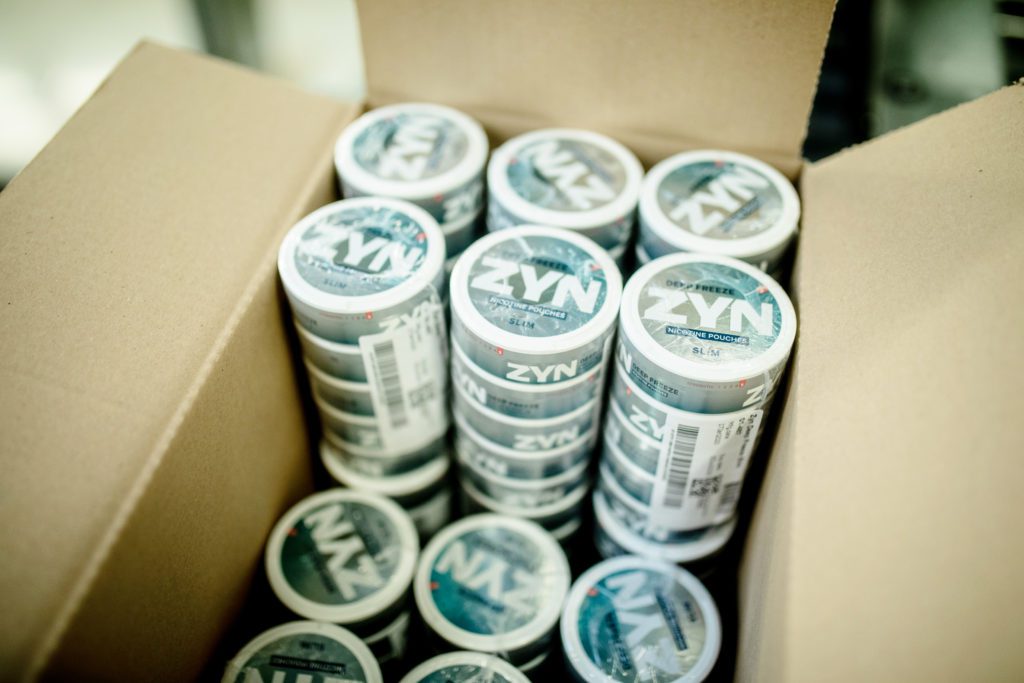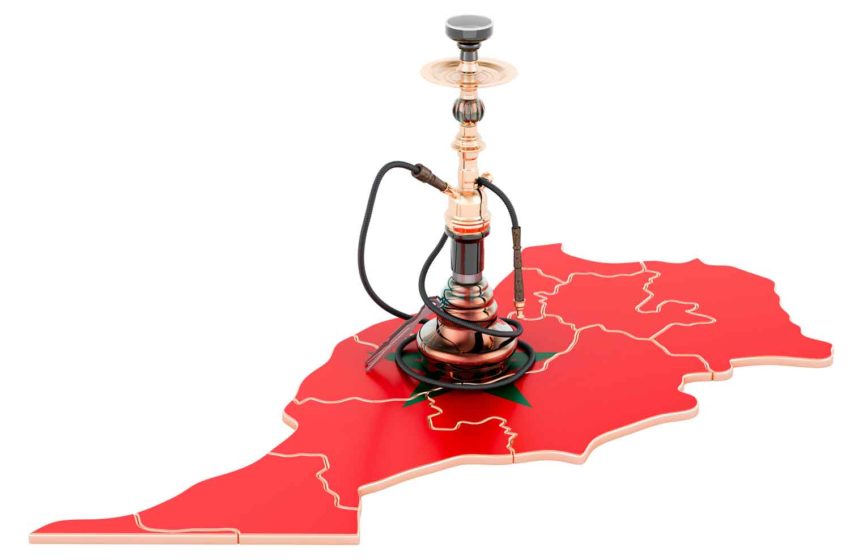
A new study from the Boston University School of Public Health (BUSPH) shows that only half of hookah packages assessed included required nicotine warnings two years after a national requirement to do so took effect in the United States.
In August 2018, the U.S. Food and Drug Administration mandated that all hookah manufacturers include a nicotine warning on their packaging to communicate the harms of the tobacco in their products.
Published in the journal JAMA Network Open, the study found that only three brands out of 33 brands assessed were 100 percent compliant with all warning label requirements, which mandated a range of placement and formatting elements.
The study is the first to examine this compliance with warning requirements on hookah packaging in the country.
Hookah tobacco smoke contains many of the same harmful components found in cigarette smoke, including nicotine, tar, heavy metals and carbon monoxide. But people who smoke hookah may inhale as much as 70 times more tar and 11 times more carbon monoxide from water pipes than from cigarettes, due in part to the length of hookah smoking sessions, which typically last at least one hour. These toxic exposures can increase hookah smokers’ risk of developing cancers, heart disease, respiratory issues, and blood pressure complications, according to the FDA and Centers for Disease Control and Prevention.
“We know that warnings are an effective way to communicate to people the harms associated with smoking all types of tobacco, but to be effective, they must exist to begin with,” says study lead and corresponding author Jennifer Ross, associate professor of health law, policy and management at BUSPH, in a statement. “We hope this study will bring attention to the low levels of compliance among hookah manufacturers so that additional action can be taken to increase compliance. We also hope that these findings will lead to efforts to further increase the impact of warnings for hookah, such as implementing more warnings and in more locations to increase people’s exposure to the warning labels.”
“Young people often have misperceptions about the dangers of smoking tobacco in a hookah, such as thinking that the water in the waterpipe ‘purifies’ the tobacco, which is not true,” Ross says.
For the study, Ross and colleagues from Wake Forest University School of Medicine and East Carolina University identified all hookah brands available for online purchase in 2020—a total of 66. They narrowed their analysis to 33 brands, including a total of 181 packages, based on a combination of highest product prevalence and random selection.
The team found that 97, or about half, of the observed packages had the required nicotine warning statement. Of the 33 brands in the sample, 10 of them included no nicotine warnings on their packages at all. Among the packages with nicotine warnings, nearly one-third did not display the warnings in the area of the packaging that the FDA required (on the front, or on the top and back). Similarly, nearly one-third of hookah packages with the warnings did not adhere to the FDA’s style and formatting requirements for the labels.
“This is the first study to assess compliance with the federal law on hookah warnings, and our results show that many brands are not in compliance,” says study senior author Erin Sutfin, professor of social sciences and health policy at Wake Forest University School of Medicine. “The ultimate goal of warnings is to provide information about health harms of product use directly to consumers so they can make informed decisions. We hope these findings are useful to the FDA and will promote enforcement action against noncompliant companies.”


























